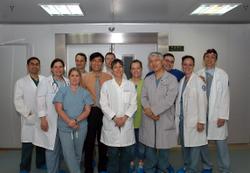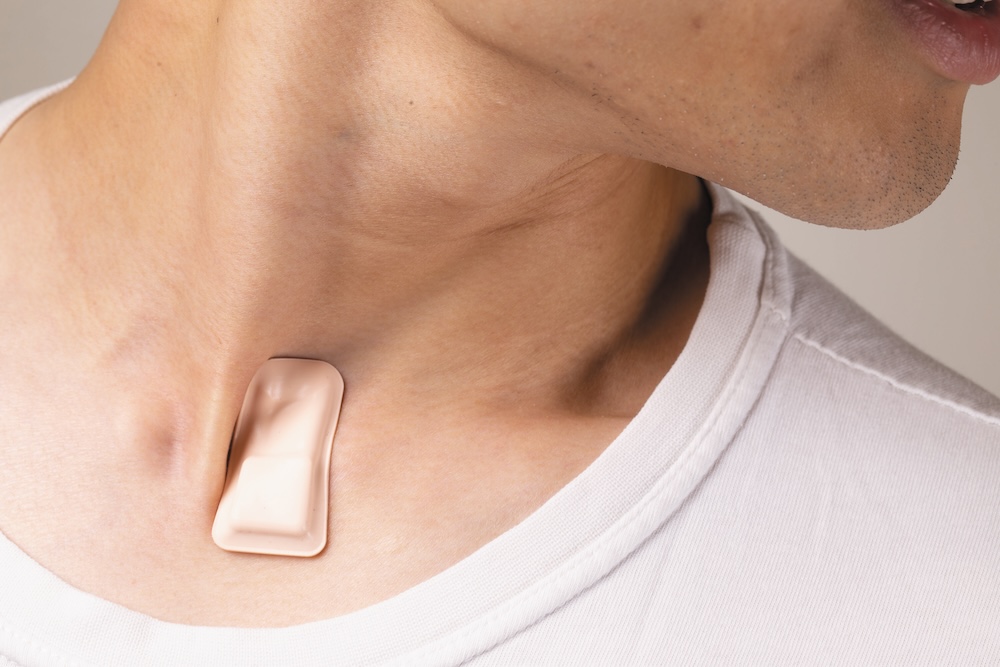According to the US Department of Health and Human Services, more than 60 percent of pregnant women in the U.S. having a vaginal delivery received an epidural in 2008. In China, that number is less than one percent.
This statistic struck Ling Qun Hu, MD, a native of Hangzhou, China, as unacceptable because painful labors lead to higher morbidity and mortality rates. He was also troubled by his home country’s high rate of cesarean section births – close to 50 percent – a result of the mistaken belief that C-sections offer better outcomes for the mother and child.
“Chinese women will do anything to protect their children, even though data has shown that C-sections carry a higher mortality rate than vaginal birth,” said Hu, assistant professor in anesthesiology.
To address this issue, Hu launched a 10-year program, the No Pain Labor N’ Delivery China Initiative, that aims to establish more than ten training centers in China to teach safe and effective labor analgesia practices. Through this program, he hopes to increase the epidural analgesia rate of the country to more than ten percent by the end of 2018, targeting a population of 1.5 million pregnant women per year.
To support his project, Hu created an informational website for physicians and pregnant women, “Baby on Board,” a list of clinical protocols and clinician duties, and published several books on obstetric anesthesia and patient education. He raised funds to support field experiences for 16 Northwestern residents, and recruited more than 170 health care providers, including anesthesiologists, obstetricians, and labor and delivery nurses from multiple academic institutions and private hospitals across the U.S. for his trips.

“During all his international missions, Ling truly embraced the notion of teaching the local anesthesiologists to fish, rather than just providing them with food. He realized that most of the international medical missions needed more emphasis on education and not solely on the provision of care,” said Christine Stock, MD, chair of anesthesiology.
Now in its fourth year, Hu’s hard work has shown dramatic results. The project has increased the epidural analgesia rates from zero to between 30 and 70 percent at each of the ten major teaching hospitals the team has visited.
At Shijiazhuan Gynecology and Obstetrics Hospital near Beijing, he found that giving women the option of having an epidural during labor was associated with lower cesarean delivery rates. Among 20,000 laboring women in this hospital, the labor epidural rate increased from 0 to 59 percent, the cesarean delivery rate decreased from 47 to 30 percent, the rate of episiotomy decreased from 73 to 25 percent, and tests assessing stress levels of newborns indicated that the infants were less stressed.
Hu presented results from his initiative during the recent Anesthesiology 2012 annual meeting.
Since the meeting, doctors interested in starting similar programs in countries such as India, Pakistan, Malaysia, and Korea have reached out to Hu. He plans to implement the program in four additional hospitals in China by the end of next year.
“I feel with this project we really did something,” Hu said. “By translating all of the knowledge and cutting edge research to textbooks and to real practice, and then getting good patient outcomes, we’re in a perfect starting point to move forward.”






